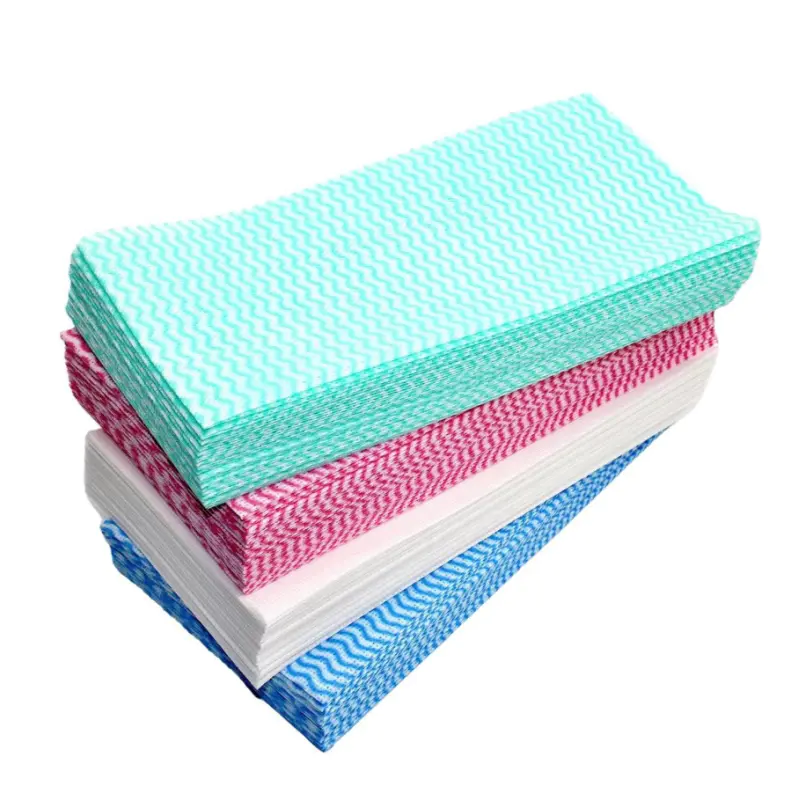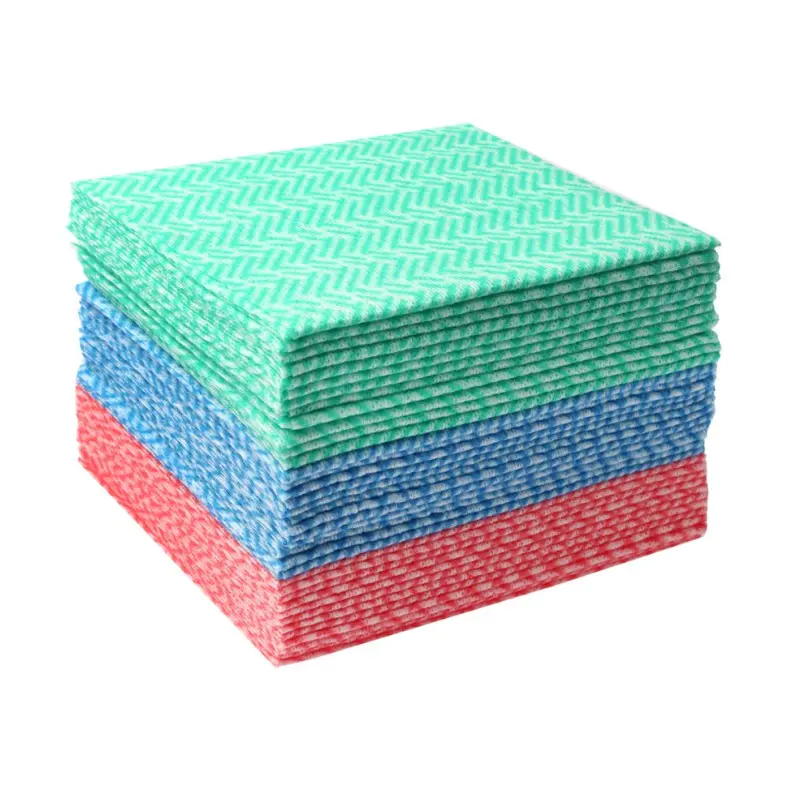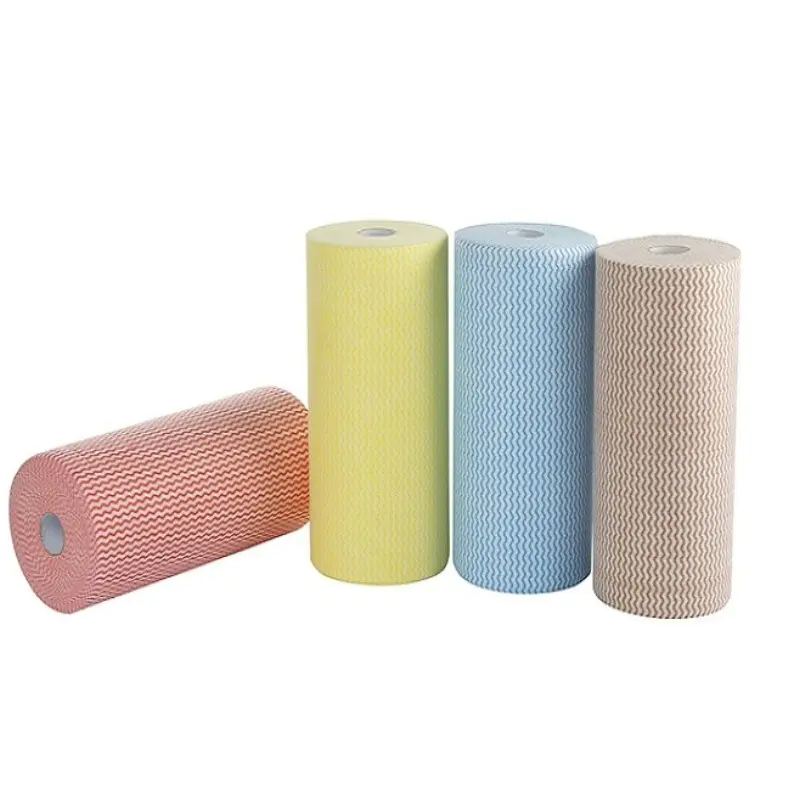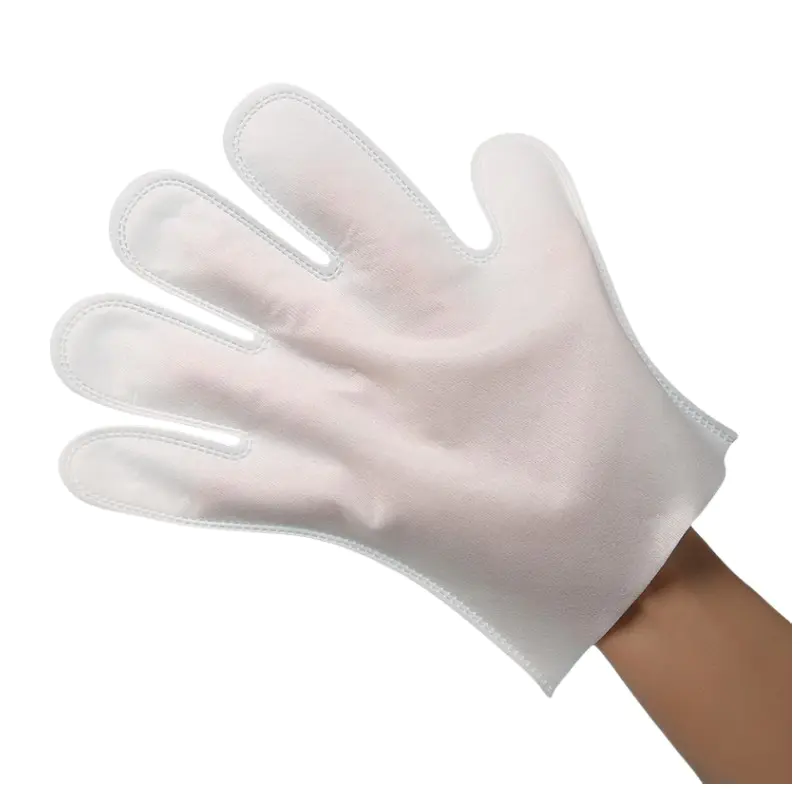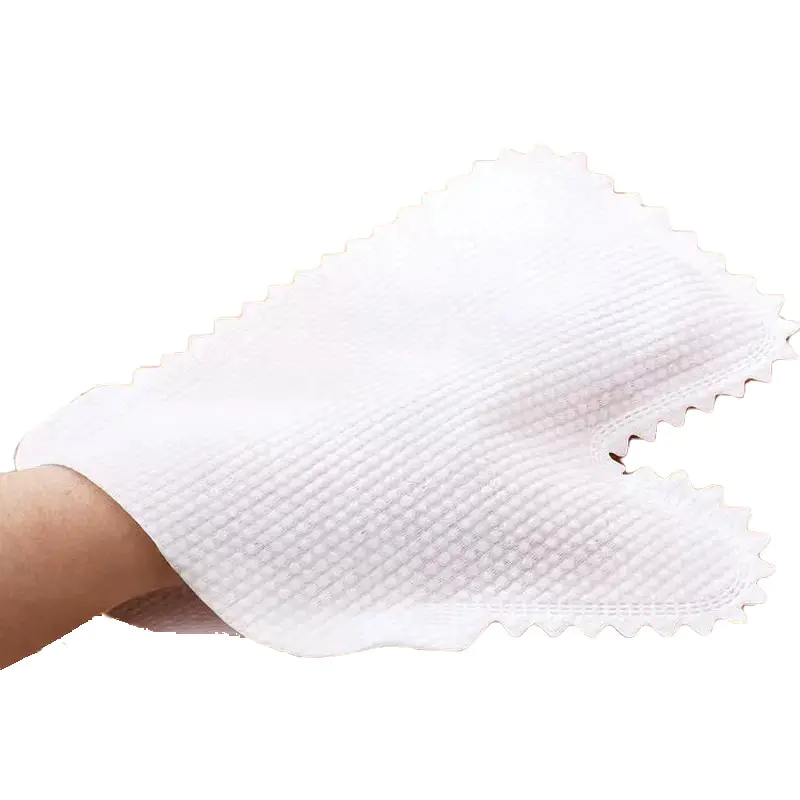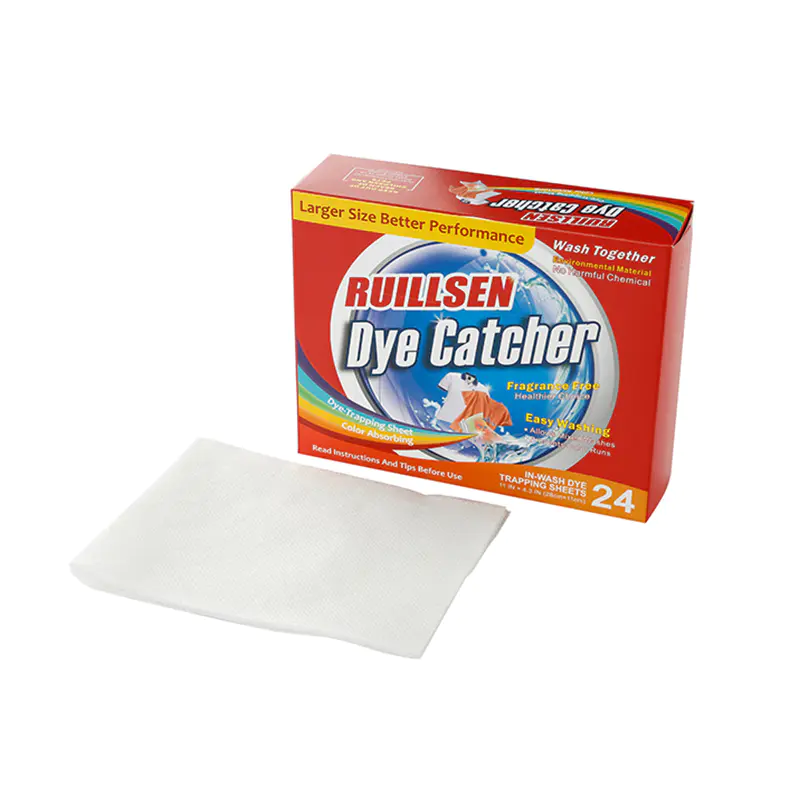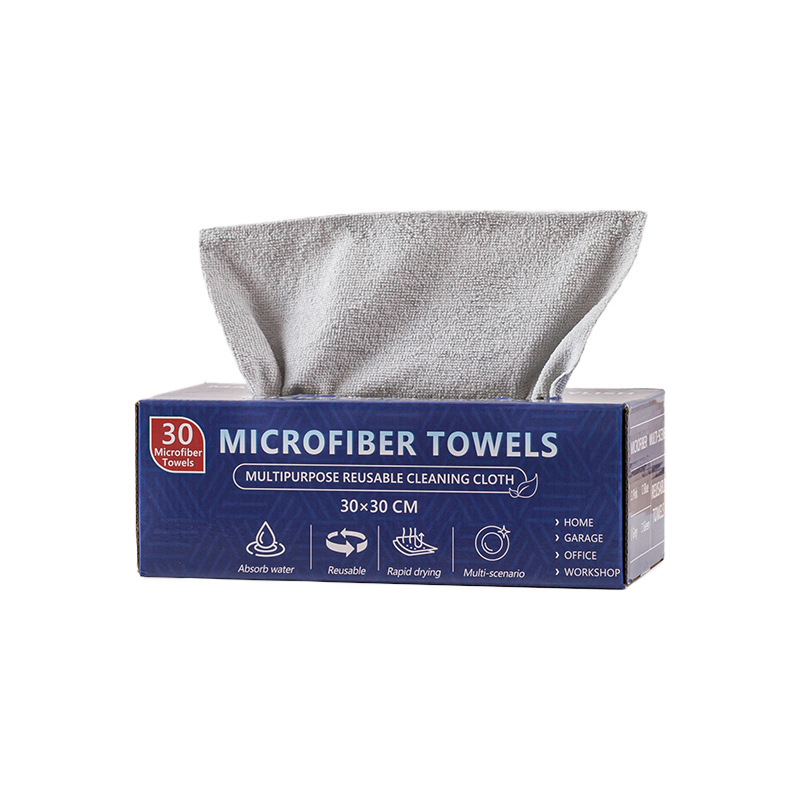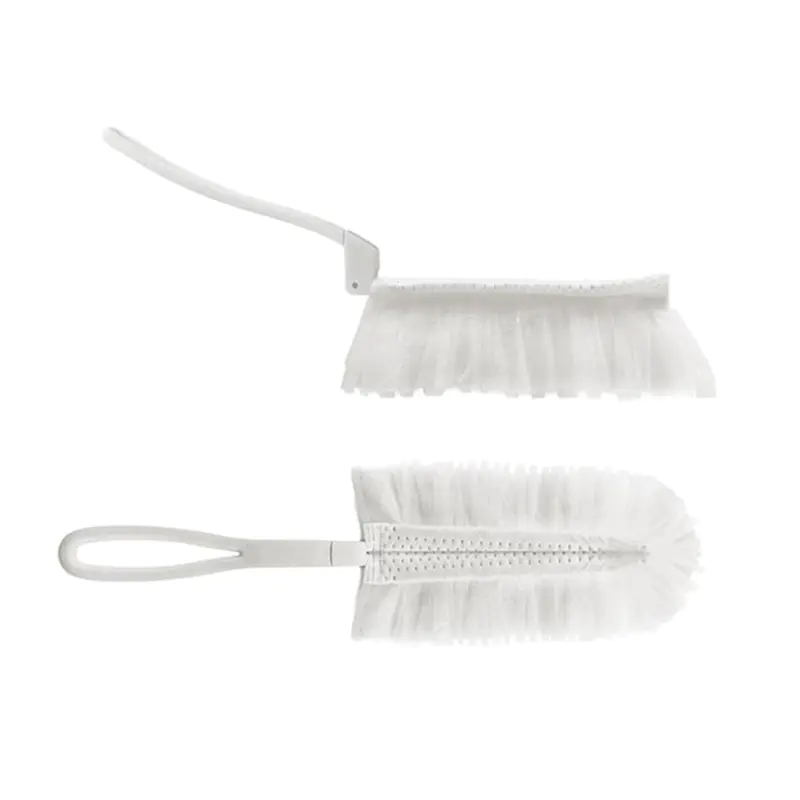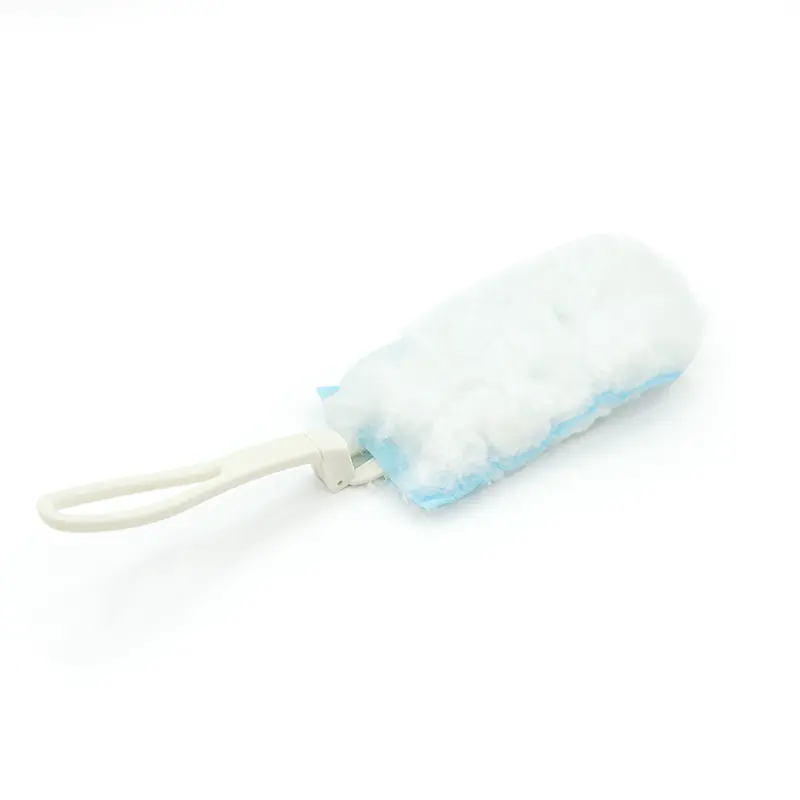Microfiber cleaning towels are widely recognized for their exceptional ability to trap dust, dirt, and liquids. Their dense, fine fibers make them ideal for cleaning delicate surfaces like glass, electronics, and car paint, as well as general household use. However, microfiber towels require special care to maintain their effectiveness and longevity. Improper cleaning or storage can reduce their performance and even damage surfaces. This guide provides detailed instructions on how to properly clean and maintain microfiber cleaning towels.
1. Understanding Microfiber Towels
Microfiber towels are made from a blend of polyester and polyamide (nylon) fibers. These fibers are extremely fine, often thinner than a human hair, which creates a large surface area for trapping dust and debris. Unlike traditional cotton towels, microfiber does not leave lint behind and is highly absorbent. Proper maintenance ensures that these qualities are preserved over time.
2. PreCleaning Tips
Before washing a microfiber towel, it is important to shake out any loose dirt or debris. This prevents the fibers from becoming clogged and protects your washing machine. For heavily soiled towels, consider rinsing them in warm water to remove stubborn particles. Avoid wiping the towel on greasy or sticky surfaces before washing, as this can make cleaning more difficult.
3. Washing Microfiber Towels
Machine Washing:
Use a gentle or normal cycle with warm water, ideally around 30–40°C (86–104°F).
Wash towels separately or with other microfiber items to prevent lint from cotton or other fabrics from sticking.
Use a mild, liquid detergent. Powder detergents can leave residue that clogs fibers.
Avoid fabric softeners, bleach, or harsh chemicals. Fabric softeners coat fibers, reducing absorbency and cleaning power.
Hand Washing:
Fill a basin with warm water and a small amount of mild detergent.
Gently agitate the towel, squeezing the fibers rather than scrubbing aggressively.
Rinse thoroughly with clean water to remove all detergent.
4. Drying Microfiber Towels
Proper drying is crucial to maintain the towel’s performance.
Air Drying: Lay the towel flat or hang it to dry. Ensure it is completely dry before storing to prevent mildew.
Machine Drying: Use a low heat or aironly setting. High heat can melt or damage the fine fibers, reducing the towel’s effectiveness.
Avoid using dryer sheets, as they leave a coating that diminishes absorbency.
5. Regular Maintenance
Separate Storage: Store microfiber towels in a clean, dry place away from dust and lintproducing fabrics. Consider using a dedicated container or drawer.
Avoid CrossContamination: Use separate towels for different cleaning tasks, such as one for glass, another for kitchen surfaces, and another for cars. This prevents dirt and grease from transferring between surfaces.
Inspect and Replace: Over time, microfiber towels may show signs of wear, such as fraying edges or reduced absorbency. Replace towels as needed to maintain optimal cleaning performance.
6. Tips for Extending the Life of Microfiber Towels
1. Avoid Heat Exposure: Do not iron or expose towels to open flames. High temperatures can damage fibers.
2. No Harsh Chemicals: Avoid bleach, strong detergents, or solvents that break down fibers.
3. Rinse After Use: After heavy cleaning tasks, rinse towels promptly to remove dirt and chemicals.
4. Proper Folding: Fold towels neatly or roll them to prevent tangling and maintain fiber alignment.
5. Dedicated Towels: Keep towels dedicated to either wet or dry cleaning tasks to prevent unnecessary washing and wear.
7. Special Considerations
Some microfiber towels are designed for specific purposes, such as polishing, drying, or dusting. Always follow the manufacturer’s instructions for washing and maintenance, as specialized weaves or treatments may require different care. For example, polishing microfiber may be treated with additional softening agents to prevent scratches on car paint, and these treatments can degrade if washed with harsh detergents.
8. Environmental Considerations
Microfiber towels are reusable and can last for hundreds of washes if maintained properly, making them more ecofriendly than disposable wipes. However, washing microfiber does release tiny fibers into wastewater, which may contribute to microplastic pollution. Using a microfiber laundry bag or filter can reduce fiber shedding, helping both the towel’s longevity and the environment.
9. Common Mistakes to Avoid
Using Fabric Softener: Coats fibers, reducing absorbency and dusttrapping ability.
Mixing with Cotton: Cotton lint clings to microfiber, reducing cleaning efficiency.
High Heat Drying: Can warp fibers and permanently reduce absorbency.
Scrubbing Aggressively: Can damage fine fibers, reducing lifespan.
Ignoring Stains: Letting stains sit too long may make them harder to remove.
Proper cleaning and maintenance of microfiber cleaning towels are essential to ensure they remain effective and longlasting. By washing with mild detergent, avoiding fabric softeners, drying carefully, and storing properly, you can maximize the towel’s absorbency and cleaning power. Regular maintenance not only extends the life of the towel but also ensures a cleaner, safer, and more efficient cleaning experience. With proper care, a highquality microfiber towel can be an indispensable tool in any home, workshop, or professional setting.
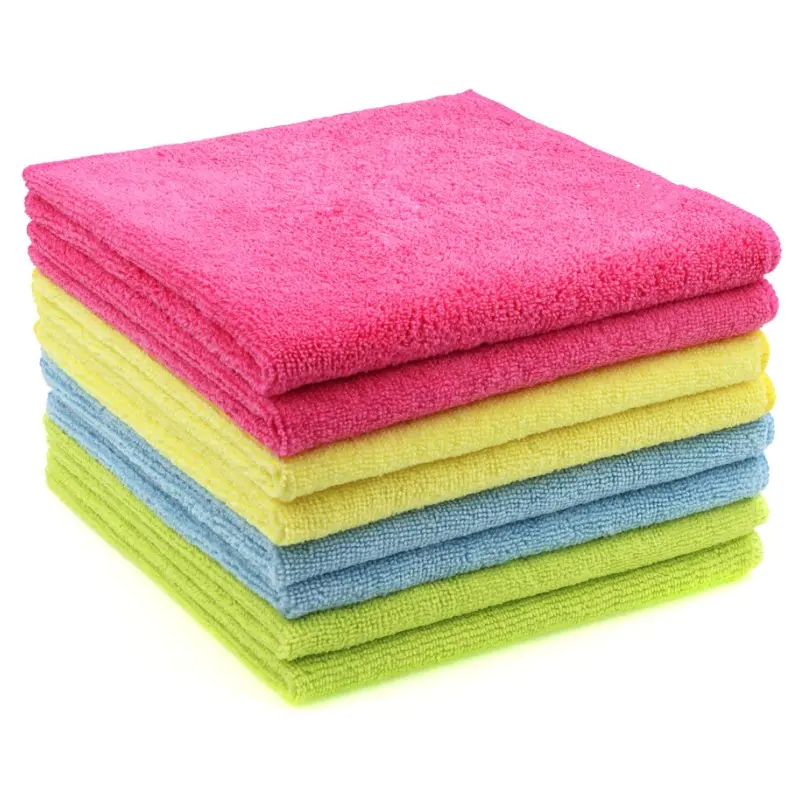

 English
English Español
Español